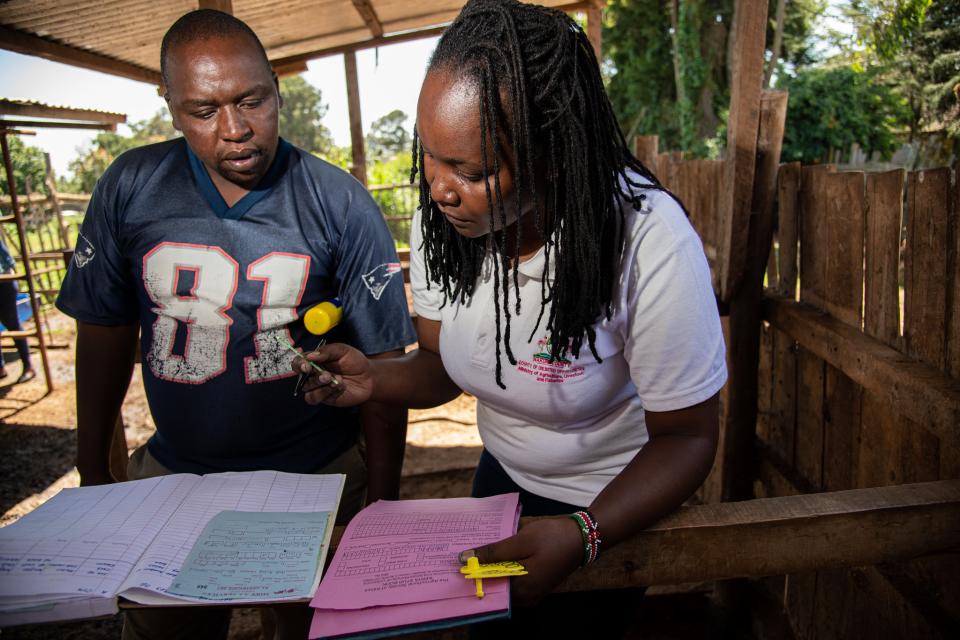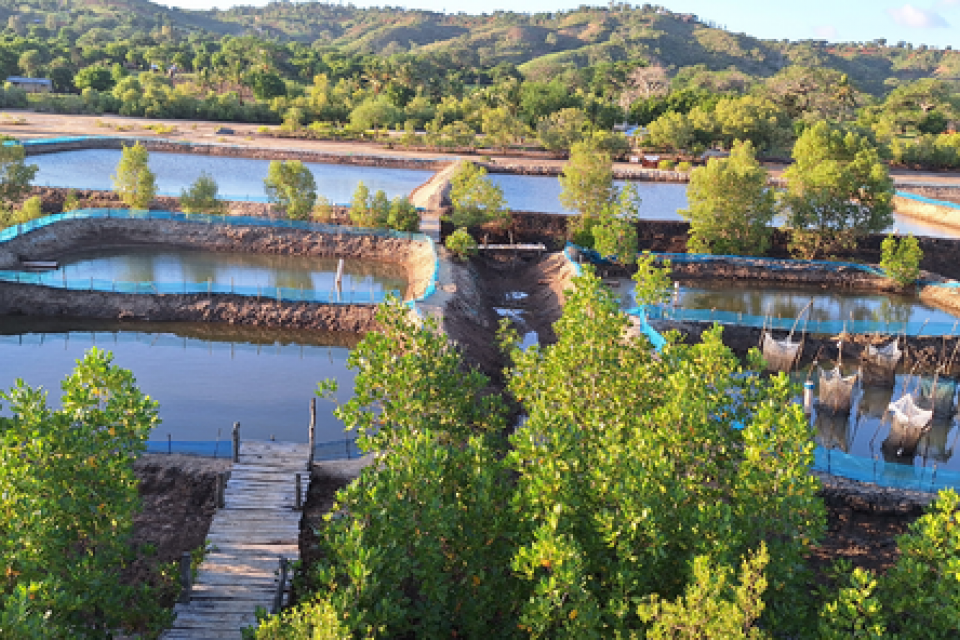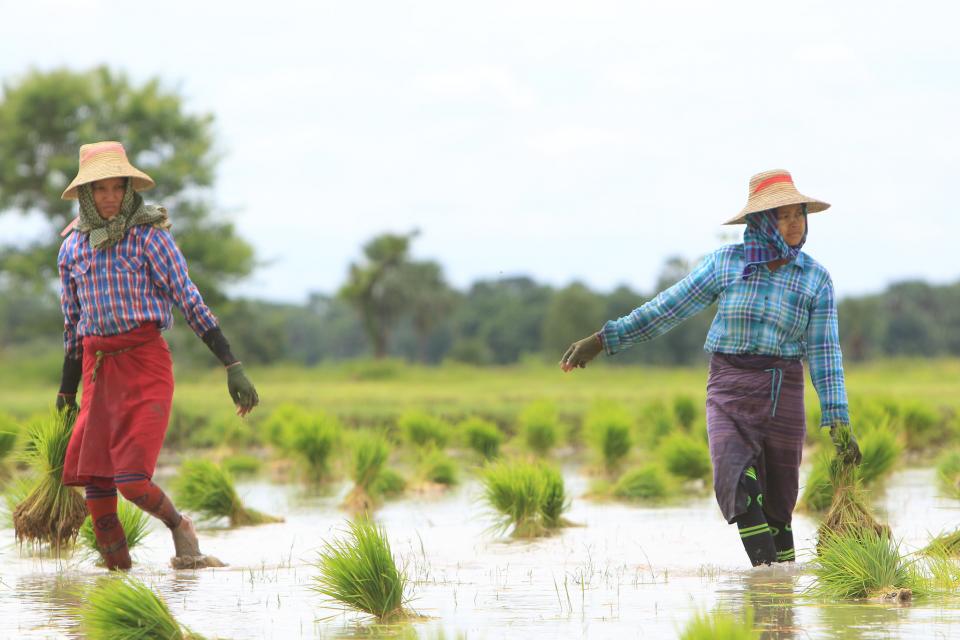Best GENDER reads from 2024
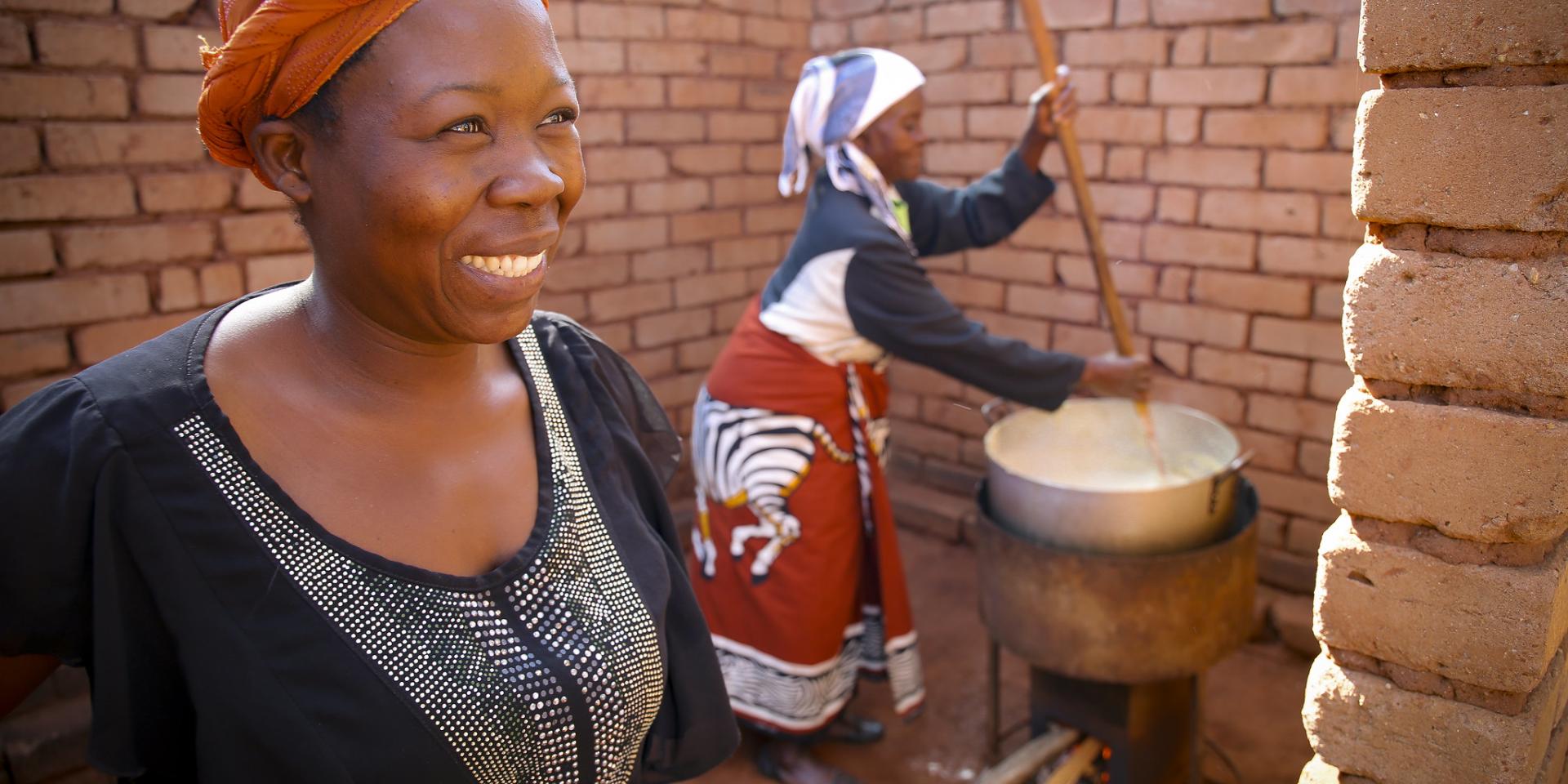 Photo: Melissa Cooperman/IFPRI
Photo: Melissa Cooperman/IFPRI
Enjoy this round-up of GENDER’s 2024 publications that have already begun to contribute to science and policy for the overall aim of gender equality and youth and social inclusion in agriculture.
Cost-effective contributions as a leading voice
“Good buy.” “Promising buy.” These words are how a cost-effectiveness review describes various interventions designed to increase women’s agricultural income assessed in GENDER-authored and co-authored publications—which uses the reach, benefit, empower, transform framework.
The review asks, “What interventions consistently achieve the greatest impact on women’s agricultural income?” Based on evidence from GENDER’s work, among others, it says that that these interventions, such as co-titling of productive assets and training to shift intra-household decision dynamics, are “cost-effective” and that there is medium to high confidence in how they can help increase women’s income (or control of income) when applied “across contexts.”
This example is just one that illustrates how the CGIAR GENDER Impact Platform is proud of its 2024 highlights, all in aid of making meaningful and lasting contributions to global targets for gender equality, and opportunities for youth and social inclusion.
Another example the is GENDER’s contribution to gender-transformative change and approaches in the form of a new step-by-step guide to integrating those approaches in a project cycle. The guide draws on this joint publication by FAO, IFAD, WFP and GENDER.
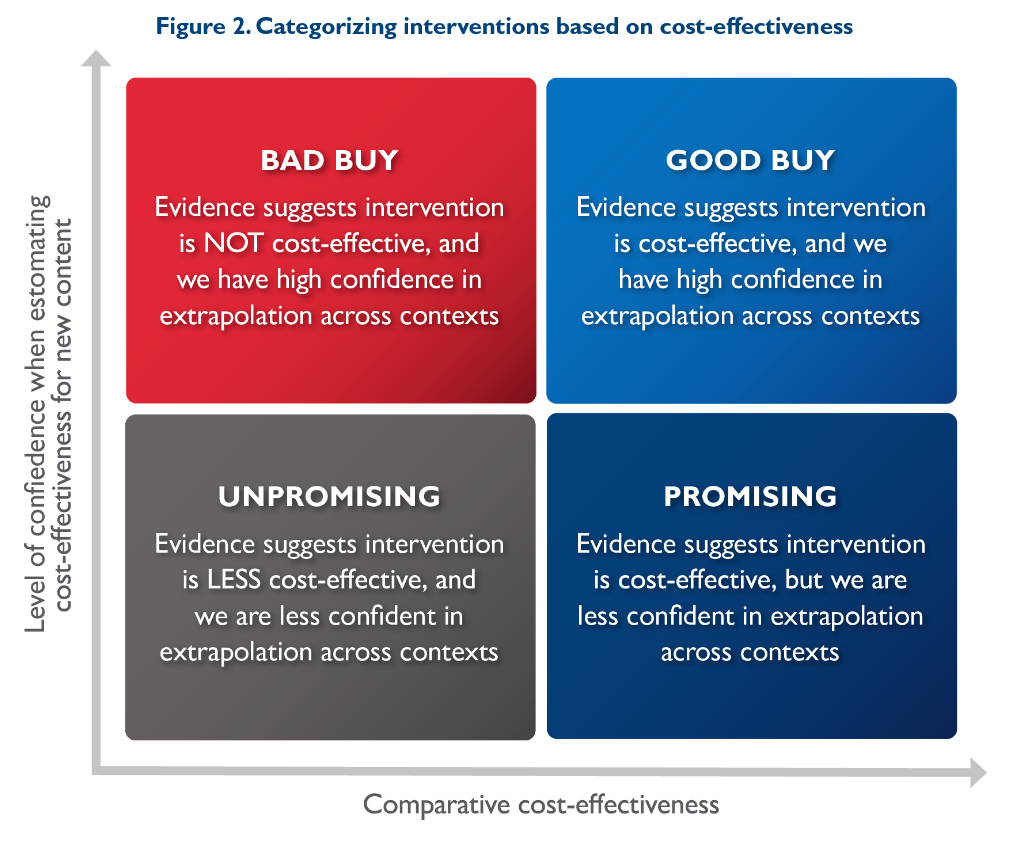
GENDER researchers and teams contributed to policy, built capacity, contributed to the science of gender in agricultural development research and—most importantly—communicated those results.
“Publishing background and position papers on youth and on social inclusion, for instance, are important contributions to GENDER's mandate,” says Els Lecoutere, GENDER’s Science Officer.
“We not only advise CGIAR on the impact area that includes youth and social inclusion, but also ensure we expand into those critical research areas in AR4D, and become a leading voice that is backed by solid and high-quality work.”
GENDER sets strategic directions for current and future gender and social science research efforts, conducts cutting-edge gender and social science research, and develops and scales innovations, strengthening the performance of gender and social science research.
Here, we round up our main publications released in 2024: GENDER’s working papers; evidence explainers; and briefs, factsheets and training materials.
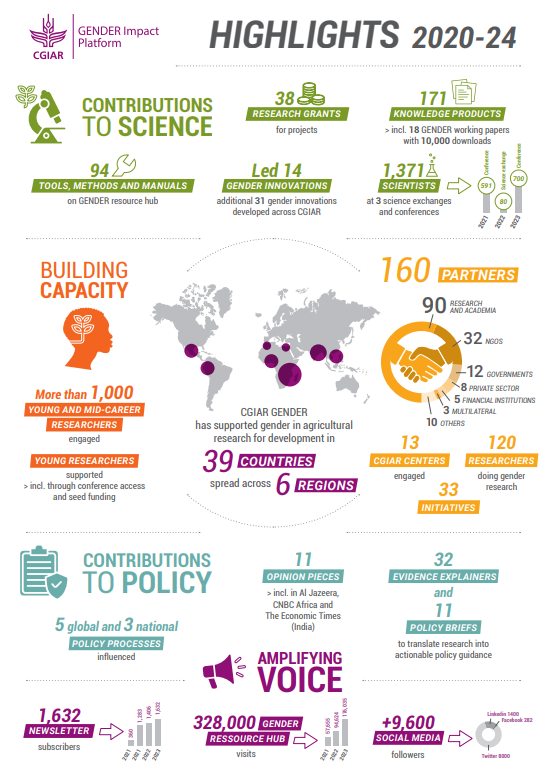
Stimulating innovation: working papers
Our working papers—designed to make emerging work available to stimulate innovations in thinking, discourse and actions—cover high-quality gender research.
Although valuable to agriculture and food systems researchers, they are also used by development practitioners, funding partners, policymakers and others.
The 2024 working papers echo our usual mix of original research, case studies, evaluations, reviews of tools and methods, documentation of best practices, stocktaking or evidence mapping exercises, compendiums of tools, and more:
- A review of social inclusion guidelines, methods and tools
- Bridging norms and resources: Enhancing gender equality and adaptive capacities in Bangladesh’s climate-stricken agrifood systems
- Integrating social inclusion perspectives in agricultural food systems research for development (background paper)
- Scoping review on gender-disaggregated data in climate-smart agriculture
- Youth in international agricultural research for development (background paper)
Bite-sized, accessible: evidence explainers
Policymakers, practitioners and other decision-makers can easily access evidence-based summaries of gender research, via our evidence explainers.
For the evidence explainers, we prioritize evidence that is especially relevant for gender transformation of food systems, that addresses policy concerns and that is practical and applicable.
Our 2024 evidence explainers cover four important topics:
- Agricultural value chain interventions can improve women’s incomes, assets holdings, productivity and savings
- Mechanization supports women farmers’ productivity, but impact on empowerment is inconclusive
- How interventions improve women’s agency, create an enabling environment for agribusiness entrepreneurship
- Small-scale, multidimensional interventions work better to improve equal access to finance in agriculture
Briefs, factsheets, training materials
Last year, collated on the GENDER Resource Hub, CGIAR researchers submitted an impressive 61 briefs on topics such as:
- animal-inclusive community-led sanitation
- bundling socio-technical innovations to strengthen climate resilience of women farmers
- agricultural water insecurity experiences
- gender and age gaps in voice and agency in community governance
- social protection that increases women’s engagement in sustainable land management
The eight factsheets published last year were:
- CGIAR GENDER Impact Platform highlights 2020-24
- Gender Transformative Approaches
- Understanding the information gender gap when talking to women farmers about seeds
- What are sweetpotatoes and why do they matter?
- Gender dynamics, biodiversity, collective thinking: Key elements of the WEFE approach
- Infographic on revolutionizing farming: Socio-technical innovation bundling and its impact on farmer empowerment, resilience, and food security in Kenya
- Resilient Nature Based Water Solutions in the Middle East and North Africa (MENA region)
- Transforming Agrifood Systems in South Asia Newsletter #4
We also finalized and published six comprehensive training guidelines and manuals:
- Community-based participatory approach for development: Implementation manual
- Formulation and implementation of climate‑smart agriculture projects integrated, participatory, and village‑based approaches: Training manual and orientation guide
- Gender equality and social inclusion in the Great Lakes Accelerated Innovation Delivery Initiative Rapid Delivery Hub (AID-I GLR): a training manual
- Improving dietary status through strengthening gender nutrition-sensitive interventions
- Participatory rangeland management: Guidelines for practitioners
- A facilitator’s guide to gender-inclusive financial literacy and land rights
2024 was also a very busy year for researchers publishing their books, datasets and case studies; having their work peer reviewed; and presenting talks and posters.
